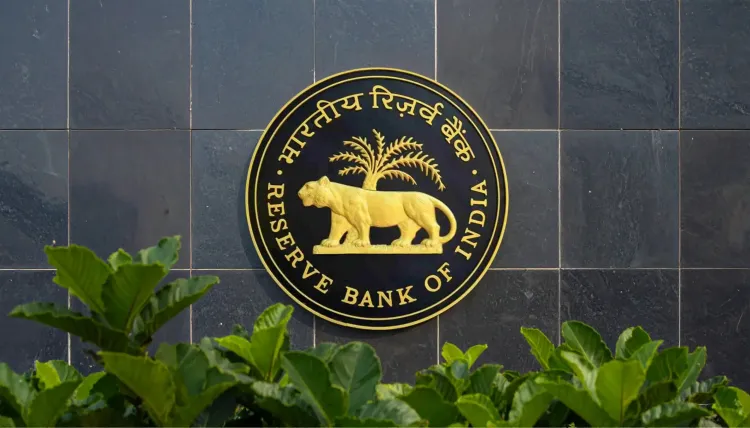Why is RBI Keeping the Repo Rate Unchanged?

Synopsis
Key Takeaways
- Repo rate remains unchanged at 5.5%
- Neutral policy stance aims for balanced growth
- Inflation projection revised to 2.6%
- GDP growth forecast increased to 6.8%
- Effective transmission of rate cuts is crucial
Mumbai, Oct 1 (NationPress) RBI Governor Sanjay Malhotra revealed on Wednesday that the monetary policy committee (MPC) has opted to maintain the repo rate at 5.5 percent, continuing with its neutral policy stance. A neutral approach ensures that there is neither excessive liquidity nor restrictions, effectively balancing inflation control without impeding economic growth.
The RBI Governor noted that the inflation outlook has improved significantly due to a notable drop in food prices and reductions in GST rates. Consequently, the RBI has adjusted its average inflation rate projection to 2.6 percent for the fiscal year 2025-26, down from the 3.1 percent forecast made in August.
The MPC has also revised its GDP growth projection to 6.8 percent, up from 6.5 percent, attributed to strong domestic demand, favorable monsoon conditions, and the impact of monetary policy easing alongside GST rate adjustments, Malhotra explained.
Furthermore, the RBI Governor emphasized the importance of maintaining the neutral stance as it assesses the ongoing effects of previous monetary policy measures and the evolving trade situation.
“It is wise to observe the impact of our policy measures before determining our next steps,” stated the RBI Governor.
Since February of this year, the repo rate has been lowered by 100 basis points in quick succession, with the benefits still being integrated into the economy.
A lower policy rate encourages increased liquidity for banks, which in turn reduces borrowing costs for consumers and businesses, thereby fostering greater consumption and investment to drive economic growth.
However, the success of these rate cuts largely depends on how swiftly and effectively commercial banks convey these advantages to their borrowers.









